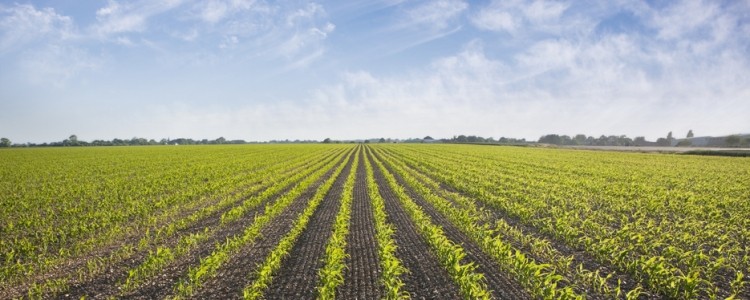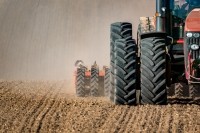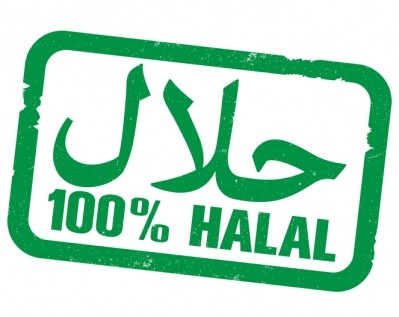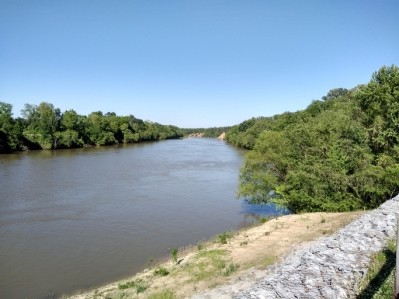Tyson feed sustainability efforts progress, but some questions remain

Tyson Foods, Inc. announced Tuesday [January 15] that the company will be working with the Environmental Defense Fund (EDF) to establish and start the initiatives involved with Tyson’s sustainability strategy.
Working with EDF on the project helps validate the work being done and adds “third-party insight and credibility,” a spokesperson with Tyson said.
“Joining forces with EDF enables us to bring together the best of our joint expertise in supply chains and sustainable agriculture while delivering value to growers, businesses and the environment,” she told us.
The project was developed during a land stewardship summit, she said. That program involved members of the corn supply chain, academia, USDA, the EPA and several industry groups including the National Corn Growers Association, National Cattlemen’s Beef Association, the National Pork Board and the National Chicken Council.
“Farmers have made incredible strides for decades to improve outcomes,” the spokesperson said. “However, Tyson Foods wants to work with the supply chain to accelerate that improvement and be a catalyst for continuous improvement and positive change.”
However, there remain some questions about what will be involved in the sustainability effort and how it will be implemented, said Lucia von Reusner, campaign director, Mighty Earth. Details about what farming practices will be the focus and which metrics will be used to determine progress will be important to share.
“This announcement is a really important step toward the company providing more transparency and evidence of their commitment to repositioning themselves as a sustainable company because feed is by far the largest source of their environmental impact,” she said.
“Finalizing an implementation partner and providing a little more clarity into specifically how they’re going to be implementing this commitment is a really important step for securing public trust and showing how committed they are to transforming the supply chain,” she added.
Addressing feed production
In April 2018, the Arkansas based-company said that it sought to “support improved environmental practices” on 2m acres of corn by the end of 2020. The project is part of a larger company initiative to reduce greenhouse gas emissions 30% by 2030.
The project encourages feed grain producers to be more efficient in fertilizer use and take steps to reduce soil loss and water runoff, the company said. A goal of the project is to reduce the greenhouse gas emissions from the company’s supply chain.
Although Tyson Foods does not run grain farms it buys corn and soybeans to use in its poultry feed, the company said. It also buys grain-fed pigs and cattle.
“We believe that there is an opportunity to work with row crop farmers to increase adoption of best practices to not only improve environmental outcomes but also improve farmers’ economic viability,” the spokesperson said.
The first project from the partnership focuses on land stewardship and looks to establish practices that reduce the greenhouse gas emissions, improve farmer profitability and improve water quality on about 500,000 acres of corn, the company said.
The pilot is set to use agriculture technology from MyFarms and the Farmers Business network to collect data on production practices that when analyzed can inform sustainability practices, the company said.
Both companies will be able to offer their farmer members or those who have enrolled in their program the ability to take part in Tyson’s “initial sustainable agriculture project,” the company said.
Farmers that are working with MyFarms also will have the chance to pilot a new method for determining nitrogen loss.
“The land stewardship pilot programs are not region specific – any row crop farmer can participate in the pilots through our partners, regardless of whether or not they are a Tyson-supplier,” the spokesperson said. “We want to see environmental and economic progress for all farmers.”
That start is expected to help establish a path as the company looks to meet its 2020 goal, the spokesperson said.
“While we are currently in the proof of concept phase, we are confident in our model and will share the progress we are making through multiple vehicles including our annual sustainability report, company blog, social media and at major events and conferences,” she said.
Potential steps
There are steps that can be taken to make meat production more sustainable, said von Reusner. And feed production contributes to meat production’s environmental effect, she said.
“There is the stripping bare of the natural landscape to plant corn and soy and between harvests a stripping bare of the soil,” she said.
Use of practices like raising a cover crop to assure that topsoil remains covered, along with conservation tillage and fertilizer optimization could help improve results, she said.
The watchdog organization has been calling for Tyson and other US companies to improve practices since the release of a report on the production industry in 2017.















